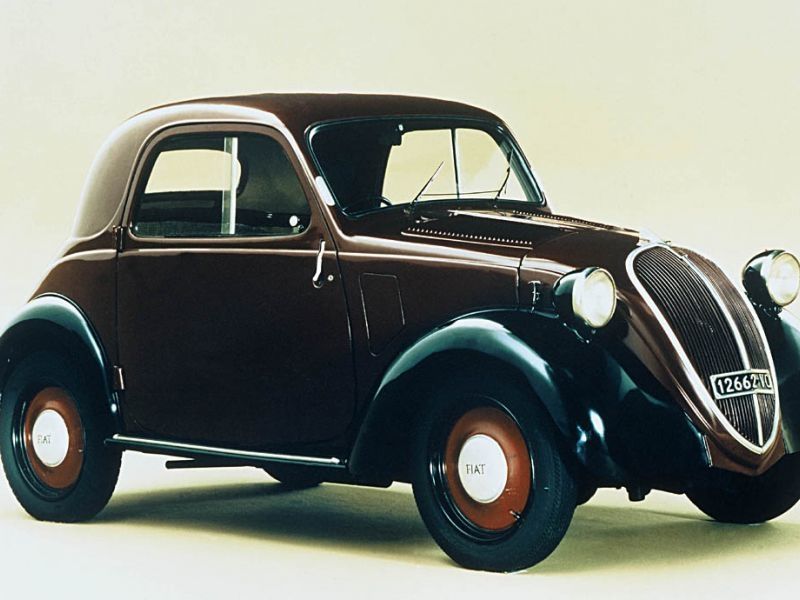
The Fiat 500 — the world’s smallest production car — makes its public debut at the Turin Auto Show on June 15, 1936.
Nicknamed the Topolino, Italian for Micky Mouse, the pint-sized car was born out of Italian dictator Benito Mussolini’s desire to give consumers a car that was innovative and economical.
It was the brainchild of Dante Giacosa, a mechanical engineer who joined Fiat in late 1928 as an aircraft engine expert and remained until his formal retirement in 1970.
The 1936 two-seater was powered by a front-mounted, 569 cc side-valve engine paired to a four-speed transmission. More than 520,000 were sold by the time it was discontinued in 1955.
Another Giacosa masterpiece, the Nuova 500, a successor to the 500, debuted in 1957, riding the postwar boom to sales and acclaim. When the Nuova was dropped in 1973, almost 3.8 million had been sold.
Fiat, looking to recapture some of the 500’s magic and appeal, revived the badge on a modern model in 2007 and later introduced it in the U.S. as part of takeover of U.S. Chrysler.

